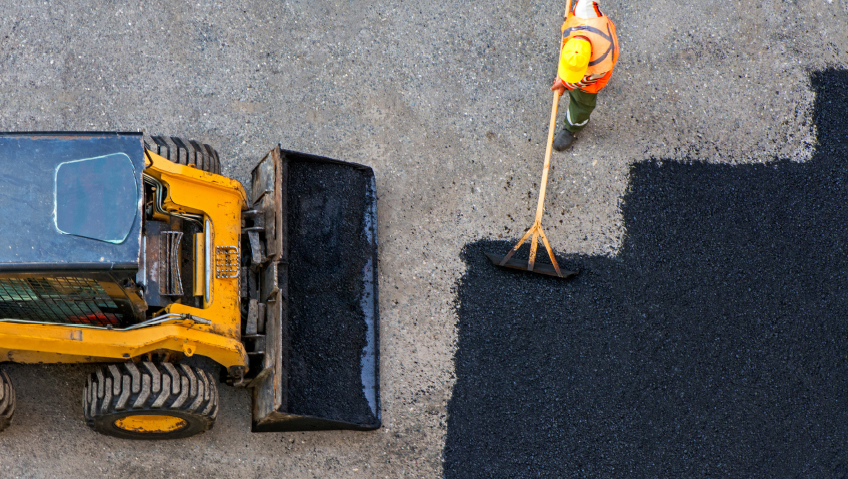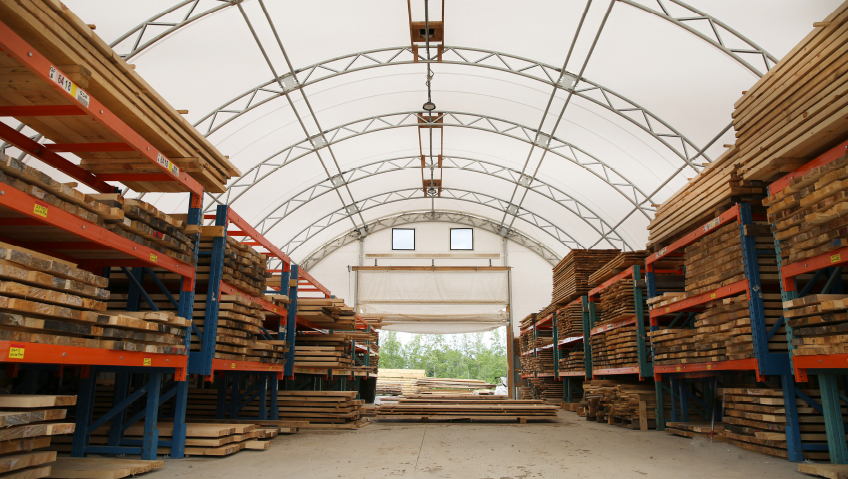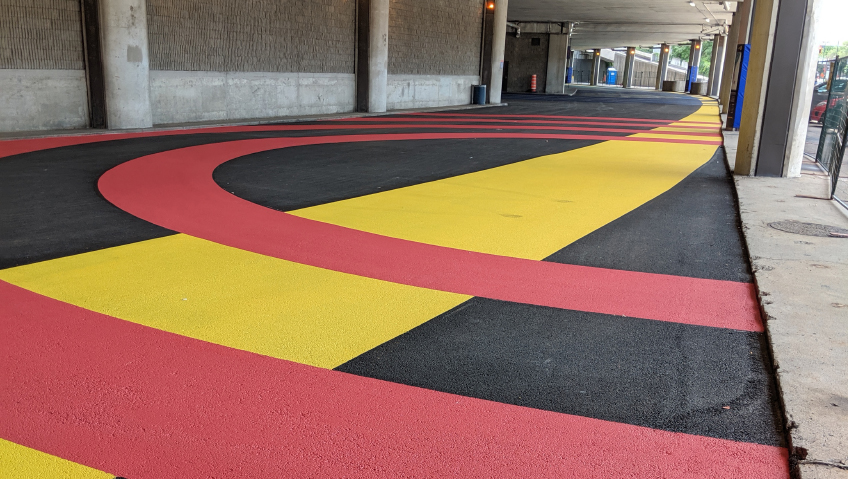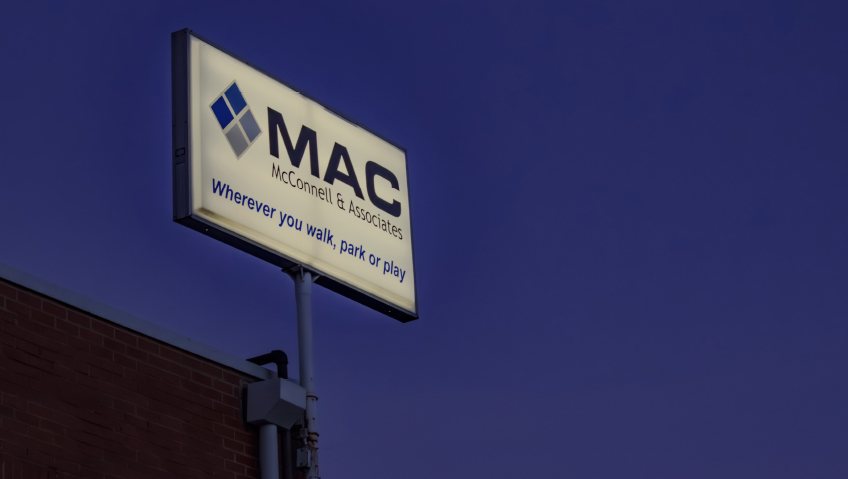From preserving skeletons of prehistoric animals in Los Angeles’ La Brea Tar Pits to playing a pivotal role in road and highway construction, asphalt remains essential to the manufacture of waterproofing products, joint filler compounds, shingles, paints and varnishes, insulating boards, brake liners, preservatives, and much more.
With a history going back thousands of years, it’s a little amazing that asphalt remains one of the most widely used products for the roads of the 21st century.
A semisolid, bituminous substance, brownish-black in colour, asphalt has always been valued for the way it sticks to surfaces—just the thing for hunters to glue arrowheads to shafts. Over time, older civilizations also used it to waterproof ships, baths, and aqueducts. Collected in its raw natural state as bitumen, it was refined in factories, mixed with aggregates, and became the product we know today.
As much as we take asphalt for granted, it’s a product that keeps developing and plays a key role every day in our lives, especially in transportation infrastructure.
As the automobile gained popularity, the need for smooth, driveable roads and fewer mud-filled potholes grew, and asphalt—first laid by hand, later by machine—became a viable, cost-effective alternative to concrete. Initially used for street paving in the United States from about 1870, about 42 million square yards of America’s streets were paved with asphalt by 1903.
Continually re-formulated, asphalt became even more durable, proving able to withstand the weight of military aircraft during World War II. In the boom years following the war, with the passing of the Interstate Highways Act, asphalt played a huge part in the growth of America’s roads and highways.
According to the British-based Mineral Products Association (MPA), about 70 percent of annual bitumen production today is still earmarked for road construction. When it’s mixed with aggregates like gravel as a binder, asphalt concrete is produced, usually referred to simply as asphalt. In the U.S., asphalt remains the surfacing product of choice, used for approximately 94 percent of about 2.75 million miles (4,425,696 km) of paved road.
Much like its counterpart concrete, the technology behind asphalt products keeps evolving. Unlike the asphalt of years past, today’s formulations are more durable, better for the environment, and can be easier to apply. This is especially apparent with mixes used for road construction.
A combination of about 95 percent aggregate like stone and sand mixed with asphalt cement, hot mix asphalt (HMA) has been used for traditional asphalt paving for years. Cost-effective for road surfaces and able to withstand weather changes, it is being rivalled by warm mix asphalt (WMA).
WMA holds some advantages over HMA. Produced at temperatures of 30 to 120 degrees Fahrenheit (-1.11 to 48.8 degrees Celsius), WMA requires less energy consumption to create.
“Relative to HMA, WMA cools more slowly, allowing WMA to be successfully placed in lower temperatures,” says the U.S. Department of Transportation Federal Highway Administration. “As a result, WMA extends the paving season. It also makes night paving more feasible.”
Since WMA is at lower temperatures than HMA, it can be transported greater distances, saving costs. And being compacted more easily, it requires less labour. On the manufacturing side, WMA is better for people and the planet because it produces less dust and smoke.
With global warming a growing concern, WMA can be applied “when the air quality would typically put a halt to paving,” says the Federal Highway Administration. Technologies like intelligent compaction (IC) for applications such as parking lots are incorporating sensors and GPS to make the process faster and more efficient.
Asphalt is leading the way as the world transitions from polluting, wasteful products toward newer, greener materials and application methods. This includes recycled asphalt pavement, sometimes known as reclaimed asphalt pavement (RAP).
Containing asphalt and aggregates, RAP refers to pavement materials that have been removed or reprocessed. Pulverized at a processing plant, or sometimes onsite, reclaimed asphalt is mixed with additives and binders.
Although the exact amount of RAP produced in the U.S. is not known, the Federal Highway Administration believes it to be up to 45 million tons (41 million metric tons) annually, while others believe it’s twice as much. Providing many benefits over using virgin materials, RAP saves money on disposal, reduces the amount of fresh crude oil needed, helps conserve natural resources, and is less expensive while still providing durable, crack-resistant paving.
In recent years, 3D concrete printing has taken off and is being used for structures from pedestrian bridges to entire buildings. Much like concrete, 3D asphalt printing is also gaining popularity.
Developing a unique 3D system for printing asphalt, researchers at University College London are exploring what this technology means for the future of construction. This includes so-called “self-repairing cities” and using unmanned drones, instead of human workers, that will fly around and identify, diagnose, and repair roads and streets before they become costly, traffic-clogging problems.
Self-contained, these drones harness a vision system to detect and digitize cracks, an asphalt heating and extruding system, and a ground mobility tracked mechanism. “Asphalt roadways deteriorate due to age and traffic loads,” says the Self Repairing Cities website. “If maintenance is not done in a timely manner distress will aggravate—cracks become potholes, and the potholes become craters. Automated systems used to monitor and repair cracks in the roadway could address the current interest in preserving road infrastructure, with minimal road obstruction.”
Since 3D printing is precise, asphalt can be laid with great accuracy. Eliminating the potential for human error means surface thickness will be consistent, with less waste generated. From onboard sensors in paving machines to computerized data analysis, asphalt pavements are destined to be laid with greater precision, resulting in uniform thickness. And automation, machine control systems, and remote monitoring will all make asphalt projects more efficient and safer for human workers.
With 3D printing, self-healing asphalt, and incorporated nanoengineering additives, the asphalt of the future will be applied faster and with greater accuracy, and will be more durable than ever before.





